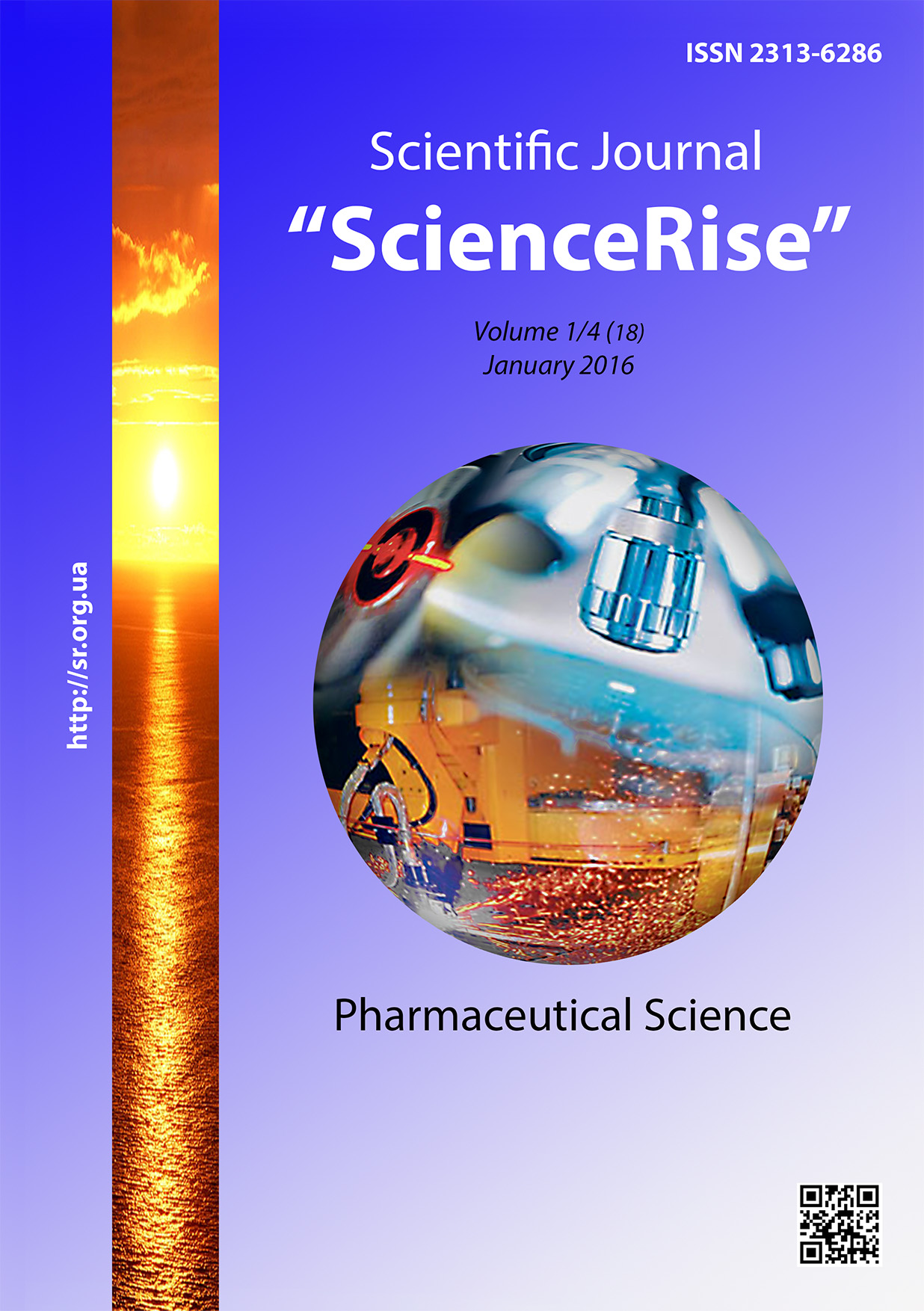The pharmaceutical quality revolution
DOI :
https://doi.org/10.15587/2313-8416.2016.58866Mots-clés :
Continual improvement, Critical Process Parameter (CPP), Critical Quality Attribute (CQA), Knowledge management, Lifecycle, Pharmaceutical Quality System (PQS), Quality by design (QbD), Quality risk management, Quality Target Product Profile (QTPP), SupplRésumé
Pharmaceutical products are patient-oriented. If they had a deficient quality they might put live at risk. Ensuring their quality is not, however, a straightforward task and this is why different approaches have been used along the way. This article analyzes them and shows how our present approach, if well implemented, is very effective in ensuring quality.
Methods. This article analyzes the current pharmaceutical quality system as described by international guidances in the light of practical experience gathered by the author as an international GMP-consultant.
Result. Nowadays we have come to understand that as quality is a global concept in terms of time and of requirements, it has to be assured in a global way too. This is why quality assurance is a permanent process that starts during the development of a product and goes on during its manufacturing life. Manufacturing should be performed within a pharmaceutical quality system which ensures GMP compliance. Decisions should be science and risk-based. Products and processes are monitored by means of critical variables.
Conclusions. The approach followed in the 21st century for ensuring quality is very effective and allows for a progressive reduction of the level of quality risk. However, this quality system is either comprehensive or there is no quality
Références
Sterile drug products produced by aseptic processing – Current Good Manufacturing Practice. Guidance for Industry (2004). U.S. Department of Health and Human Services. Food and Drug Administration (FDA). Center for Drug Evaluation and Research (CDER). Center for Biologics Evaluation and Research (CBER). Office of Regulatory Affairs (ORA). FDA, Rockville, MD, USA, 38. Available at: http://www.fda.gov/downloads/Drugs/.../Guidances/ucm070342.pdf
WHO Expert Committee on Specifications for Pharmaceutical Preparations. Good practices in the manufacture and quality control of drugs (1969). World Health Organisation (WHO). WHO, Geneva, Switzerland, 17–27. Available at: http://apps.who.int/iris/bitstream/10665/40736/1/WHO_TRS_418.pdf
Guideline on general principles of process validation. terile drug products produced by aseptic processing – Current Good Manufacturing Practice. Guidance for Industry (1987). Center for Drug Evaluation and Research (CDER). Center for Biologics Evaluation and Research (CBER). Food and Drug Administration. Center for Devices and Radiological Health. FDA, Rockville, MD, USA.
Pharmaceutical CGMPS for the 21st century – A risk-based approach. Final report (2004). U.S. Food and Drug Administration (FDA). Available at: http://www.fda.gov
Process Validation: General Principles and Practices. Guidance for industry. Current Good Manufacturing Practices (CGMP) (2011). U.S. Department of Health and Human Services. Food and Drug Administration (FDA). Center for Drug Evaluation and Research (CDER). Center for Biologics Evaluation and Research (CBER). Center for Veterinary Medicine (CVM). FDA, Rockville, MD, USA, 22. Available at: http://www.fda.gov/downloads/Drugs/.../Guidances/UCM070336.pdf
EU Guidelines to Good Manufacturing Practice for Medicinal Products for Human and Veterinary Use. Vol. 4. (2015). European Commission. Directorate General for Health and Food Safety. European Commission, Brussels, Belgium, 16. Available at: http://ec.europa.eu/health/files/eudralex/vol-4/2015-10_annex15.pdf
Harmonised Tripartite Guideline. Pharmaceutical Quality System Q10 (2008). ICH, Geneva, Switzerland, 21. Available at: http://www.pmda.go.jp/files/000156592.pdf
Active Pharmaceutical Ingredients. Harmonised Tripartite Guideline Q7 (2000). ICH, Geneva, Switzerland, 49. Available at: http://www.ich.org/fileadmin/Public_Web_Site/ICH_Products/Guidelines/Quality/Q7/Step4/Q7_Guideline.pdf
Development and manufacture of drug substances (chemical entities and biotechnological/biological entities). Harmonised Tripartite Guideline Q11 (2012). ICH, Geneva, Switzerland, 30. Available at: http://www.ich.org/fileadmin/Public_Web_Site/ICH_Products/Guidelines/Quality/Q11/Q11_Step_4.pdf
The Rules Governing Medicinal Products in the European Union. Vol. 4. EU Guidelines to Good Manufacturing Practice. Medicinal Products for Human and Veterinary Use (2010). European Commission. Enterprise and Industry Directorate-General. Investigational Medicinal Products. European Commission, Brussels, Belgium, 19. Available at: http://ec.europa.eu/health/files/eudralex/vol-4/2009_06_annex13.pdf
Quality Risk Management Q9 (2005). ICH, Geneva, Switzerland, 23. Available at: http://www.ich.org/fileadmin/Public_Web_Site/ICH_Products/Guidelines/Quality/Q9/Step4/Q9_Guideline.pdf
Harmonised Tripartite Guideline. Pharmaceutical development Q8(R2) (2009). ICH, Geneva, Switzerland, 28. Avaolable at: https://www.pmda.go.jp/files/000156835.pdf
WHO Expert Committee on Specifications for Pharmaceutical Preparations. WHO Good manufacturing practices for pharmaceutical products: main principles (2014). WHO, Geneva, Switzerland, 77–136. Available at: http://www.who.int/medicines/areas/quality_safety/quality_assurance/expert_committee/ISBN9789241209861-TRS986.pdf
Medicinal products for human and veterinary use. The rules governing medicinal products in the European Union. Vol. 4. European Commission. Good manufacturing practices. Brussels. Available at: http://ec.europa.eu
The Rules Governing Medicinal Products in the European Union. Vol. 4. EU Guidelines to Good Manufacturing Practice. Medicinal Products for Human and Veterinary Use (2015). European Commission. Enterprise Directorate-General. European Commission, Brussels, Belgium, 7. Available at: http://ec.europa.eu/health/human-use/quality/pc_quality/consultation_document_annex_17.pdf
Botet, J. (2015). Good Quality Practice (GQP) in Pharmaceutical Manufacturing: A Handbook. Bentham Science Publishers, Sharjah (U.A.E.), 503. doi: 10.2174/97816810811441150101
Téléchargements
Publié-e
Numéro
Rubrique
Licence
(c) Tous droits réservés Jordi Botet 2016

Cette œuvre est sous licence Creative Commons Attribution 4.0 International.
Our journal abides by the Creative Commons CC BY copyright rights and permissions for open access journals.
Authors, who are published in this journal, agree to the following conditions:
1. The authors reserve the right to authorship of the work and pass the first publication right of this work to the journal under the terms of a Creative Commons CC BY, which allows others to freely distribute the published research with the obligatory reference to the authors of the original work and the first publication of the work in this journal.
2. The authors have the right to conclude separate supplement agreements that relate to non-exclusive work distribution in the form in which it has been published by the journal (for example, to upload the work to the online storage of the journal or publish it as part of a monograph), provided that the reference to the first publication of the work in this journal is included.

